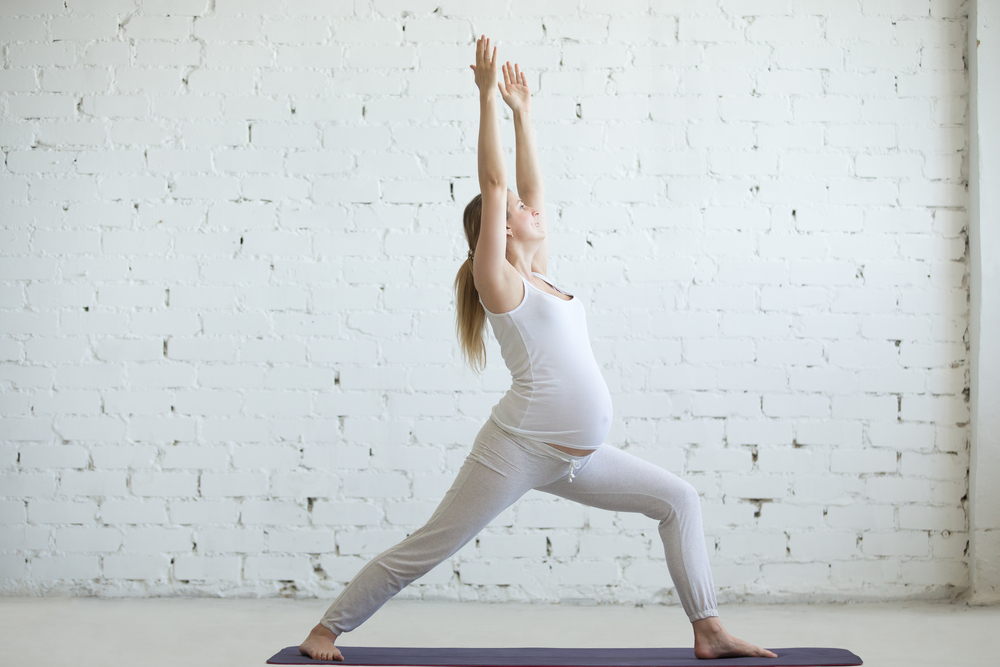Embarking on a fitness journey before pregnancy is a proactive step that can benefit both your body and your future baby. Whether you’re new to exercise or looking to enhance your fitness level, incorporating workout tips for beginners before pregnancy can set you on the right path. In this article, we will provide valuable guidance and tips to help beginners prepare their bodies for pregnancy through exercise, ensuring a healthy and fulfilling journey to motherhood.
A Duke University study published in Science Advances in June 2019 revealed that pregnancy is quite similar to competing in difficult races like the Ironman and the Tour de France. The researchers came to the conclusion that pregnancy is very similar to competing in one of those events.
“Pregnancy is the pinnacle of physical exertion that the body can handle when it comes to endurance,” Carter adds, noting that she did not participate in the study but remarked on its findings.
During those nine months, the physical body undergoes enormous and rigorous changes. Regular exercise and a healthy lifestyle before conceiving can have various advantages for both you and your future child.
Consult Your Medical Professional:
Before beginning any fitness programme, contact your healthcare physician. This will guarantee that you begin your fitness adventure safely and appropriately.
Concentrate on Overall Fitness:
Prioritise total fitness over addressing individual sections of your body. To obtain a well-rounded fitness level, combine cardiovascular activities, strength training, and flexibility exercises.
Strengthening Exercises:
Strength training in your fitness programme before pregnancy can be quite useful and it is one of the workout tips for beginners. Strength training boosts bone density and prepares your body for the physical changes that occur during pregnancy.
Exercises for the Core and Pelvic Floor:
Building a strong core and pelvic floor muscles is critical for supporting the growing uterus and avoiding pregnancy problems like back pain and urine incontinence and is included in workout tips for beginners. In order to strengthen these areas, incorporate exercises such as planks, pelvic tilts, and Kegels into your programme.
Include stretching exercises in your regimen on a daily basis to increase flexibility and range of motion. Yoga and Pilates are especially good for increasing flexibility and strength.
The Mind-Body Connection
Incorporate relaxation and stress-reduction practises, such as meditation, deep breathing exercises, or mindfulness is necessary to follow cause its basic workout tips for beginners
Pay Attention to Your Body:
Pay heed to your body’s signals and make necessary changes to your exercise plan. Pregnancy readiness differs from person to person, so be aware of any discomfort or pain during workouts.
Working out on your way to pregnancy benefits both you and your future child. Here’s how exercise can help you conceive safely, as well as the greatest pre-pregnancy workouts to try.
Here’s everything you need to know about getting and staying active during TTC.
What are the advantages of exercising when trying to conceive?
Why? Regular workouts prepare your body for pregnancy by toning muscles, especially your heart, which must pump up to 50% more blood to support you and your expanding baby.
Exercise relieves stress, which has been shown in several studies to stymie the best conception efforts, and it improves your sleep. Daily exercise can also help you maintain a healthy weight, which is vital because losing weight during pregnancy is not advised.
It’s a good idea to establish a fitness programme before becoming pregnant, so you’ll have an easier time getting up and going when building up the energy is more difficult. Even if motivation is lacking, those pregnant workouts are well worth the effort.
When you do become pregnant, exercise has numerous advantages, including lowering the risk of pregnancy problems and the intensity of common pregnancy symptoms such as back aches and bloating, all while likely enhancing your baby’s brain development and heart health. Being in good shape will also make the delivery day go more smoothly.
When attempting to conceive, how much exercise should you strive for?
Experts agree that women who are attempting to conceive or who are currently pregnant should aim for a moderate exercise programme of 150 minutes or more each week — or around 30 minutes most days of the week.Remember that three 10-minute periods equal one 30-minute workout.
When I’m trying to conceive, how much exercise is too much?
Whether we’re attempting to conceive or are already pregnant, most of us don’t push ourselves to our physical limits. If you’re a seasoned athlete or routinely train for sports competitions, you may be receiving too much of a good thing.
That could be because intensive training without appropriate nourishment depletes your body of essential baby-making nutrients and raises your chances of having an underweight body mass index (BMI), which can disrupt your menstrual cycle and even interrupt ovulation.
Pregnancy workouts that work
If you’re actively trying to conceive, sperm and egg can meet at any time, making you pregnant even if you haven’t received the joyful confirmation of a pregnancy test. That’s why you should stick to workouts that are approved for the expectant set.
Certain workouts are prohibited when pregnant, particularly those with a high risk of injury (such as downhill skiing and contact sports).
Conclusion
Preparing your body for pregnancy by engaging in regular exercise and maintaining a healthy lifestyle is an active step towards a smooth and healthy journey to parenting. Practising regular exercise and eating healthily can help with this. Paying attention to one’s body’s requirements and one’s mental state are two additional techniques. Other approaches include paying attention to what your body requires.
In addition to seeing a doctor, working on your health entails doing things like aerobic activity, weight training, core and pelvic floor exercises, flexibility and stretching, and paying attention to your body’s cues for when it needs rest.











